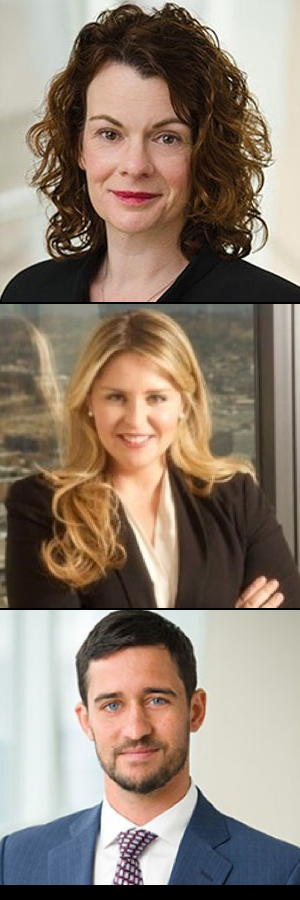(Note: This is part one of a three article series)
Be prepared before a claim

Because of changes to the current legal landscape and the power behind #MeToo movement, more claimants are coming forward with claims of physical and verbal abuse–some decades old–involving not only faculty and students, but campus physicians, coaches, volunteers and other invited campus guests, including minors.
This current climate, coupled with societal inflation of jury awards for abuse cases, has exposed educational institutions to significant risk and potentially bankrupting liability. It has also caused insurance companies to find myriad ways to limit coverage while at the same time increasing premiums for the limited sex abuse coverage insurers are willing to provide.
It has never been more critical for risk managers to understand their own coverage profiles, the hurdles policyholders will face in seeking coverage, and what strategies schools can employ in negotiating future coverage for sex abuse claims.
Not knowing what potential coverage is available to fund settlements can prove costly, resulting either in a delay of settlement that leads to litigation, or violation of notice and consent to settle provisions contained in most policies.
React quickly
If any one of these provisions is breached, coverage can be eliminated altogether and, unfortunately for institutions, ignorance of the existence of a policy or its terms and conditions is not a viable excuse in many jurisdictions. Therefore, knowing what coverage exists before there is a claim is essential to being able to react quickly if the time comes.
First, because sex abuse claims oftentimes resolve on a confidential, pre-suit basis, the most important step a school can take is to locate copies of all of its insurance policies and make sure that they are complete. This goes beyond just having the previous few years policies on hand. There has never before been such potential for decades-old claims to be brought, either because of legislation that expands the statute of limitations or creative legal theories meant to revive otherwise time-barred claims.
Locating decades-old policies, before the era of digital record-keeping and where the prior broker and carrier are unknown, can take several months. There are many avenues for recreating the historical record of an institutions’ coverage, including outside archaeology services, as well as brokers and coverage counsel who are often able to work cooperatively with insurance companies to locate the legacy policies.
Once the policies are located, it is crucial to understand which policies may be responsive to the type of vicarious liability abuse claims that are typically brought against educational institutions.
Commercial general liability (“CGL”) insurance policies are the most likely to be involved. Those that predate the 1980s typically do not include exclusions for sex abuse claims, and some may have very high aggregate limits.
Over the years, however, many insurance companies have included broad exclusions for these types of claims, and have instead offered separate sexual misconduct primary or excess coverage at much lower sublimits.
Additionally, more recent policies also include “first touch” or “first encounter” clauses which assert that all injuries arising from a sexual abuse claim cannot triggered any policy post-dating the first encounter.
Finally, there are instances where employment practices liability (“EPL”) and directors and officers (D&O) policies may provide coverage for physical sexual abuse or bodily injury, especially depending on the type of vicarious liability claim that is brought.
Strategic action
By locating and evaluating potential coverage for sex abuse claims before any such claim is made, an institution can greatly improve its ability to move both strategically and quickly if such a claim is made.
Contacting brokers as well as outside counsel specializing in coverage matters to assist in what can be a daunting task of locating and interpreting historical insurance coverage not only helps in understanding the scope of potential coverage, but often results in having the makings of a defense team in place when a claim happens.
This early preparation is key to allowing an institution to proactively manage sexual abuse claims, optimizing the chances for a quick settlement that is covered by insurance.
Next: Roadblocks to securing coverage for sexual abuse claims
Natasha Romagnoli is a principal, and Anna Milunas and JoÁ£o Santa-Rita are associates, with the firm of McKool Smith P.C.

